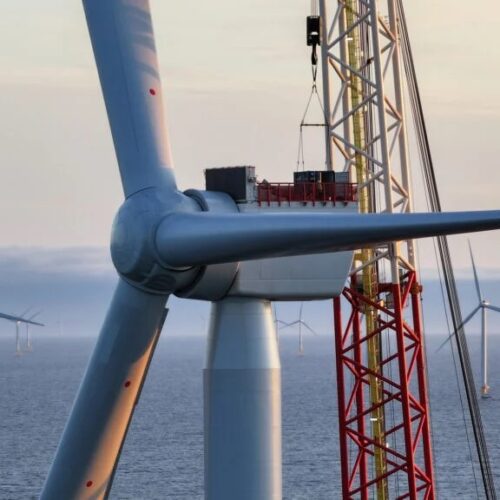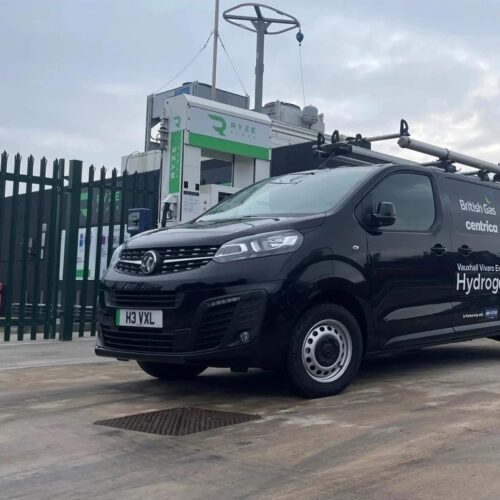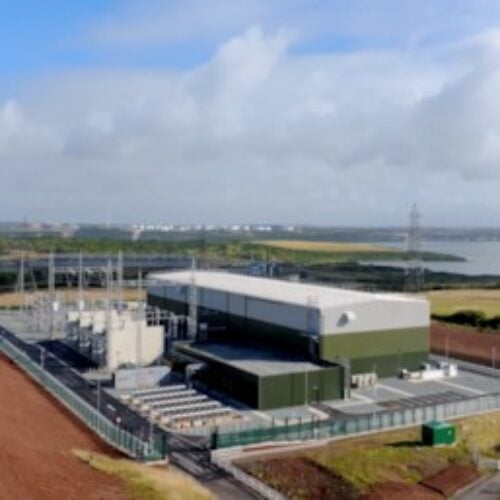A project trialling lower cost technology for vehicle to grid (V2G) charging technology is now underway, supported by funding from the Department for Energy Security and Net Zero (DESNZ).
The V2VNY project aims to demonstrate a commercially viable way for fleet owners, businesses and EV drivers to save money as well as reduce the load on the electricity grid at peak times.
The first chargers have now been installed for the trial, which is led by e-mobility engineering company Hangar 19 in partnership with commercial EV fleet specialists DriveElectric and CrowdCharge. Crowdcharge has been operating V2G in homes for over three years.
Also involved in the initiative are Electric Corby, a not-for-profit Community Interest Company (CIC), Oxfordshire County Council, Grid Beyond and JLR. JLR is providing prototype electric vehicles for use in the trial.
V2VNY trial participants are provided with a free V2G EV charger which can be kept after the end of the project, set to be March 2025.
The V2G technology uses an alternating current (AC) bi-direction, which is more cost effective than direct current (DC) charging technology; AC is more efficient at low power and thus better suited to workplace or domestic settings. Further, AC equipment is simpler and more widely used, making the hardware cheaper.
Most EV models use a combined charging system (CCS) which supports both AC and DC charging from the same port. There are manufacturing standards to ensure that by 2025 all CCS technology will work with V2G.
V2G offers a way to store energy generated by renewables and supply it back to the grid at peak times, using EV batteries as mobile battery storage units. Speaking at a Current± webinar on Monday, Paul Clarke, founder and editor of the Green Car Guide and managing director of Automotive Comms, said we are shifting how we view EVs: “not as cars, but as mobile energy solutions.”
Mike Potter, CEO of CrowdCharge, said: “The UK has a huge and largely untapped battery storage capability in the form of over one million electric vehicles that spend most of their time parked up. This project will trial how the latest EVs can be used as mini power plants to benefit businesses, electricity operators and the country as a whole.”
The project is part of the V2X Innovation Programme, with funding from DESNZ delivered by Innovate UK. The V2X Innovation Programme is part of the up to £65m Flexibility Innovation Programme, funded from the £1 billion Net Zero Innovation Portfolio.






